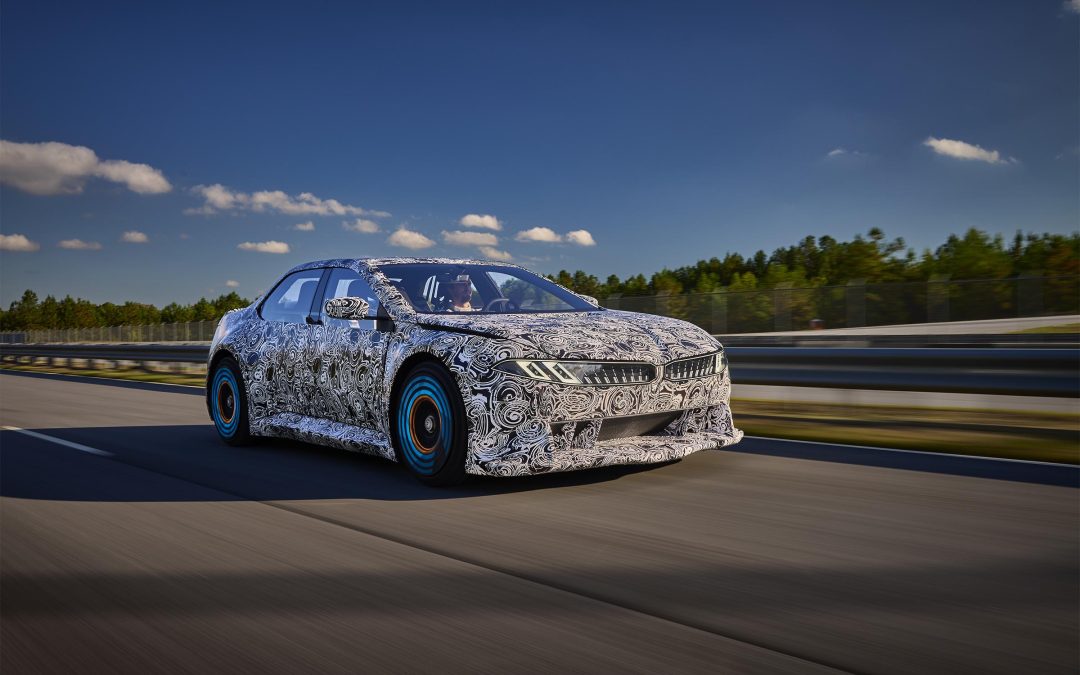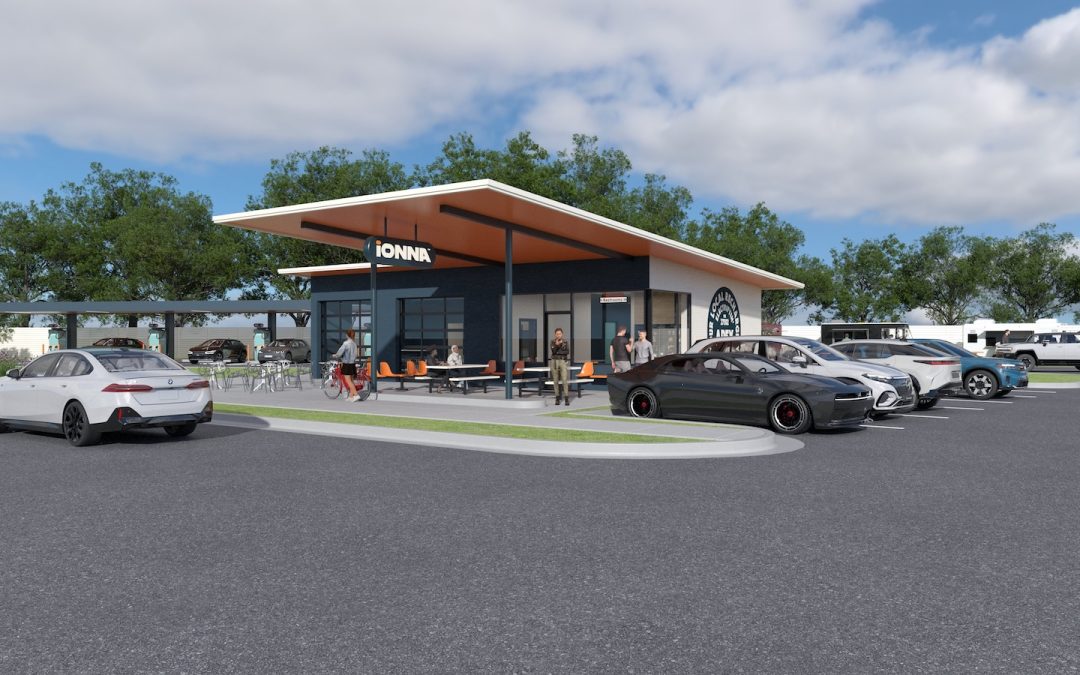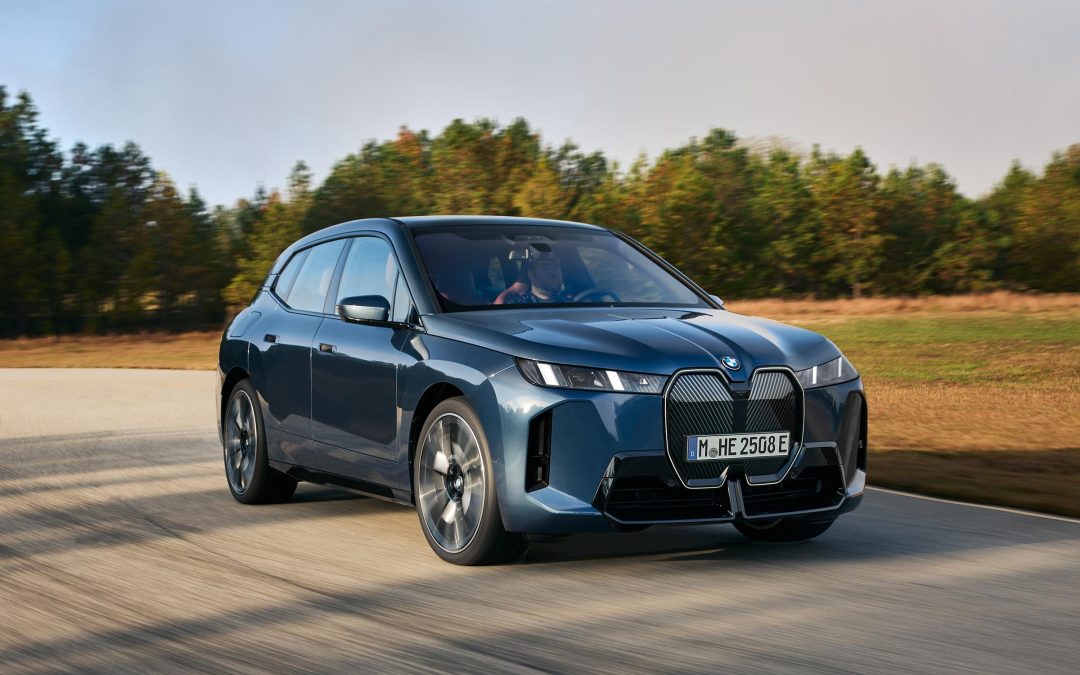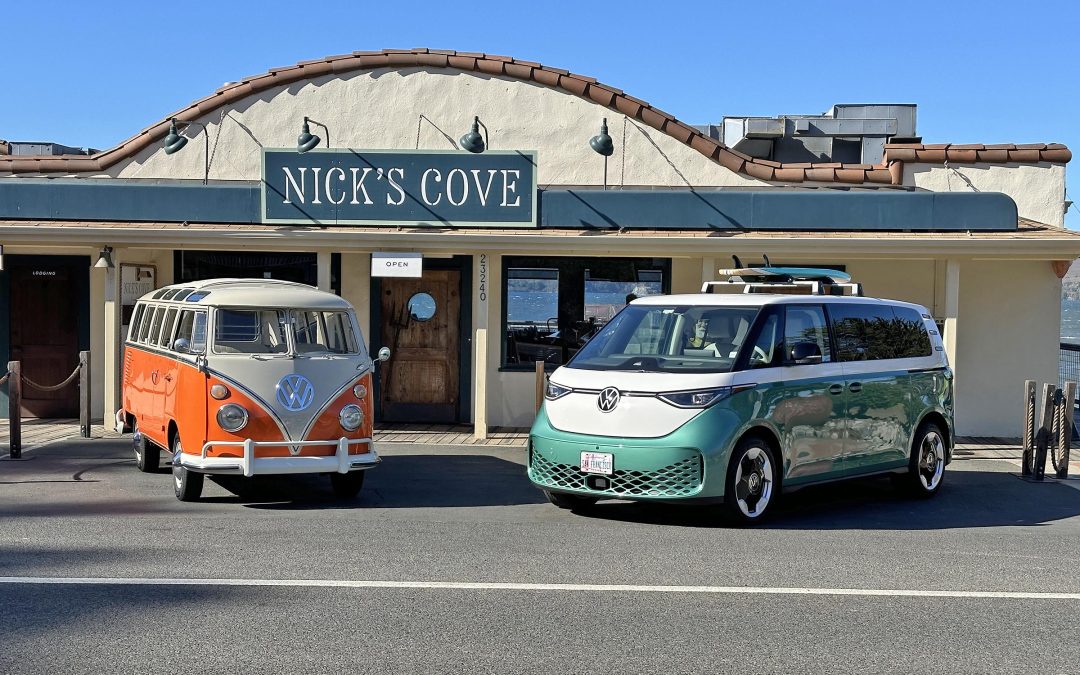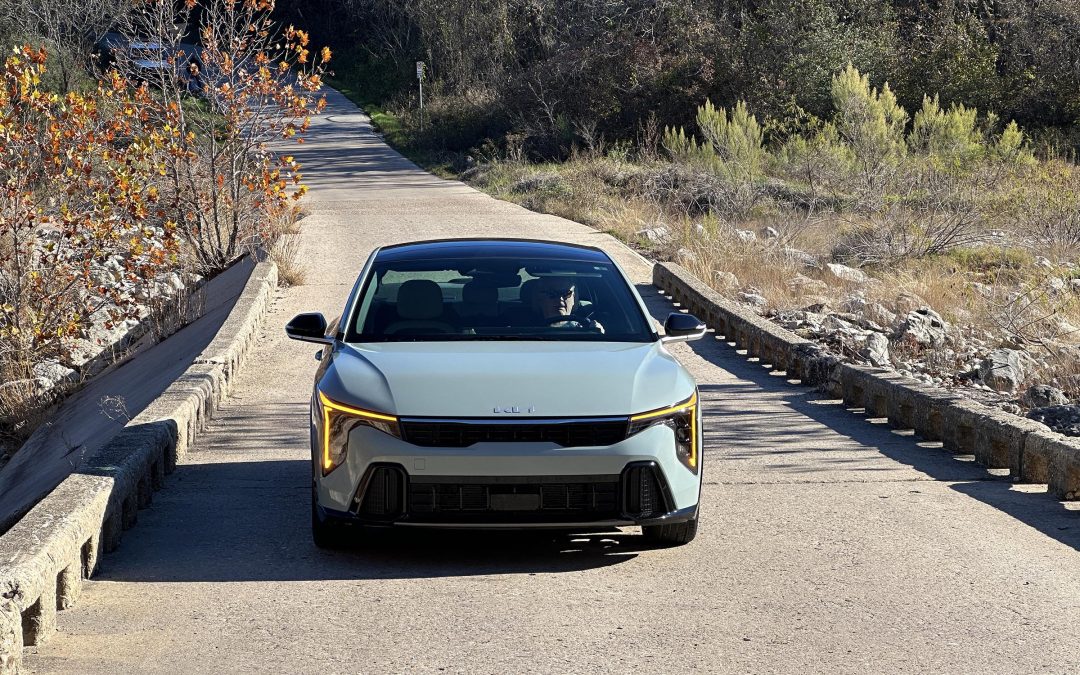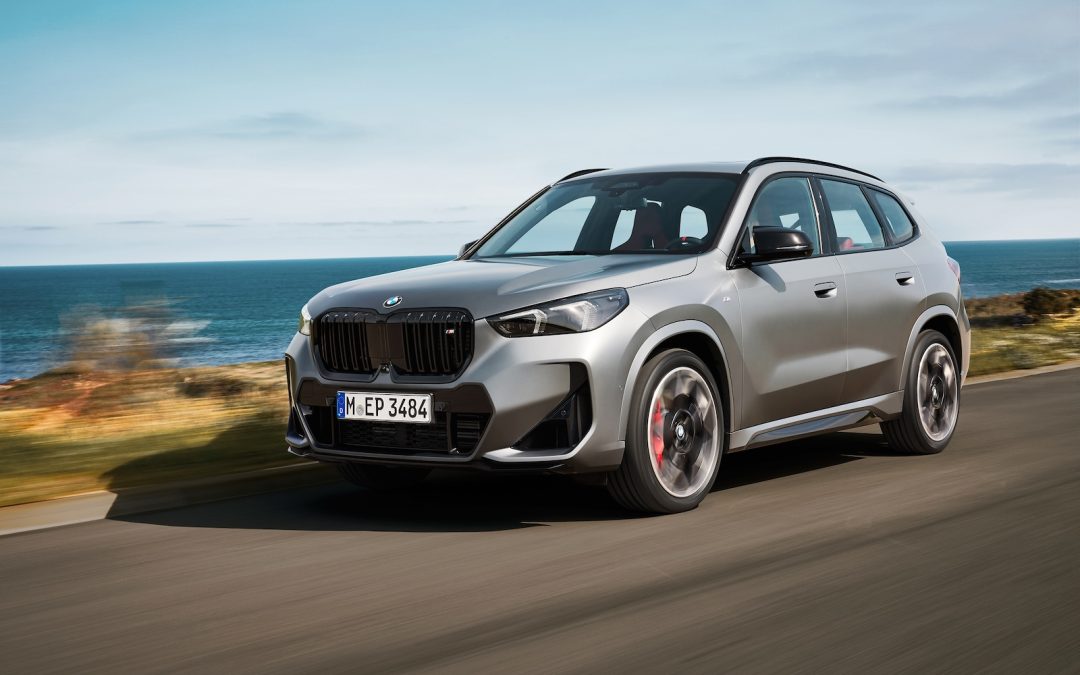BMW has an all-electric version of the venerable 3-Series in the works and, as with much of its upcoming line-up, the changes will be significant. And that doesn’t end with the switch to battery power. To make sure the 3-Series EV lives up to expectations, BMW has developed a “superbrain,” dubbed the “Heart of Joy,” that will help deliver the brand’s familiar driving experience. It’s offering some insight into what’s coming with the new BMW Vision Driving Experience concept vehicle. Here’s more.
